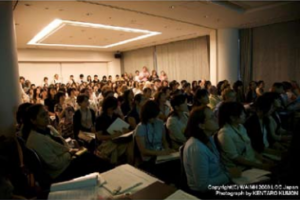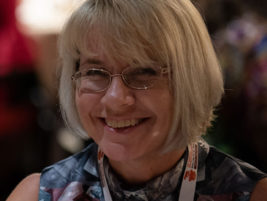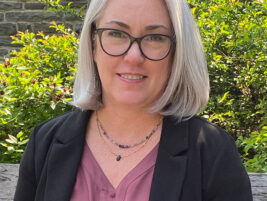
During the last WAIMH conference in Yokohama, I found myself reflecting on what drives us to put such a big effort in organizing and preparing conferences! I also noticed a sort of elated feeling I have had at each WAIMH conference I have attended, since 1996. I asked myself whether this is simply about achievementoriented behaviors, under laid by narcissistic needs, shared by the participants and the scientific and local committees, or is there anything more to it that makes it different from the Olympics, where the goal of every individual sportsman is simply to win? On the last day of the conference, I also noticed among those colleagues of mine, as well as for myself, a kind of sadness at leaving, as if these gatherings meet some additional need of ours. Free-associative thoughts came through my mind, related to what I had read for the preparation of my Master Lecture on “Infant psychiatry as an application of the new biology of mind”, and I allow myself to share them with you, in this Issue dedicated to the Yokohama conference.
It turns out that neurons are by their nature “social”, in the sense that they shun isolation and depend on their neighbors for survival: if they are not sending and receiving messages from other neurons through their axons’ firing (optimized by myelin) on a constant basis, they literally shrink and die (apaptosis). Besides the axon and the synapse, the second way of neuronal communication is through the dentrites. The glial cells play a matrix role in the construction, organization, and maintenance of neural systems, probably also participating in neural communication.
Complex social interactions between individuals, has been a major driving force in the evolution of primate and human cognition: Dunbar’s finding (1993) of a link between group size and the size of the neocortex, was followed by showing that it is the number of complex social manipulations that determines the size of the neocortex. Grooming is the main way in which primate groups maintain cooperation and bonding. Dunbar suggests that in more complex and larger groups, the emergence of facial and hand gestures, sign language and the use of words may have been driven by the need for more efficient means of social bonding and information exchange. Gossip and nonessential personal information make a large part of our language production, and seems to be essential in social coherence!

Cozolino (2006) suggests extrapolating from the individual cellular network to social interactions network: He calls the “social synapse”, or “the space between us”, the medium through which we are linked together into larger systems, such as families, tribes, societies, and the human species as a whole. Parents are the primary environment to which young brains adapt, and their unconscious minds are our first reality. We may conceptualize the parentinfant interaction as taking place in an “interface” social synapse. The caretaking and resonance behaviors made possible by the cingulate also provide an important component of the neural infrastructure for social cooperation and empathy. At the other end of the spectrum, we may conceptualize the devastating effects of anaclitic depression as the result of these processes.
“Even though we cherish the idea of individuality, we live with the paradox that we constantly regulate each others’ internal biological states, and our interdependence is a constant reality of our existence… We are just beginning to understand that we have evolved as social creatures and that all our biologies are interwoven” (Cozolino L. 2006, p. 3)
From this perspective, the essence of WAIMH is, in a way, to offer every two years, a scene where our social brain is intensively activated during four intensive days, where new connections/synapses, cognitive as well as affective, take place and make us more productive, until the next conference. If it is so, our “fate” is to go on working very hard for making these conferences happen!
References
Cozolino, L. 2006. The Neurosciences of Human Relationships.
Dunbar, R.I. (1993). Coevolution of neocortical size, group size, and language in humans. Behavioral and Brain Sciences, 16, 681- 735.
Vol. 16 No.4 Winter 2008 – Editor’s Perspective. WAIMH conferences and our Social Brain
Authors
Keren, Miri, M.D.
Editor, The Signal,
Israel








